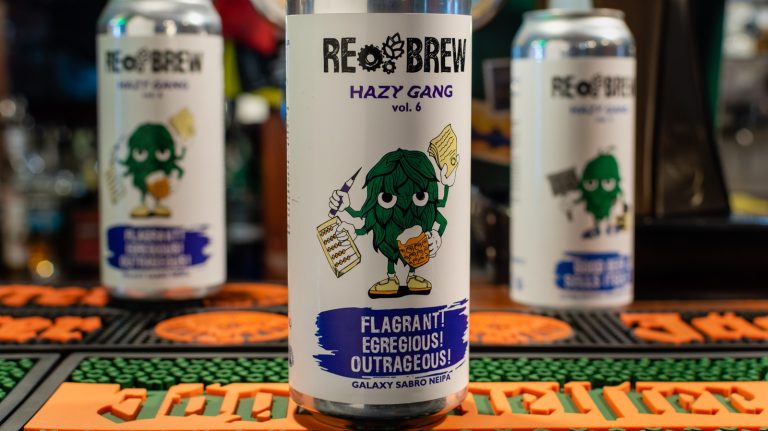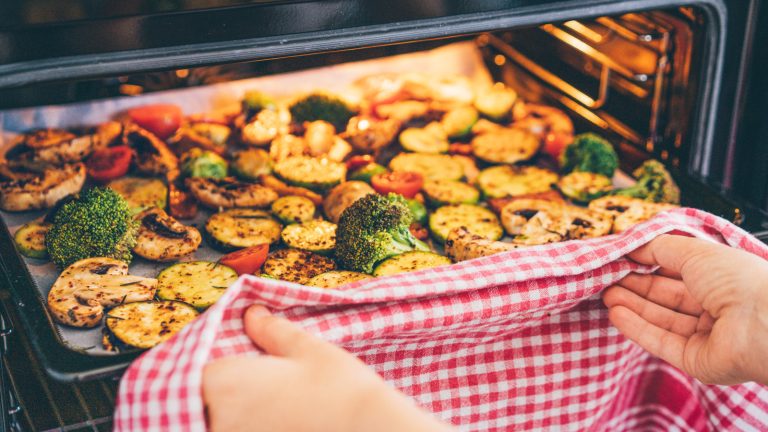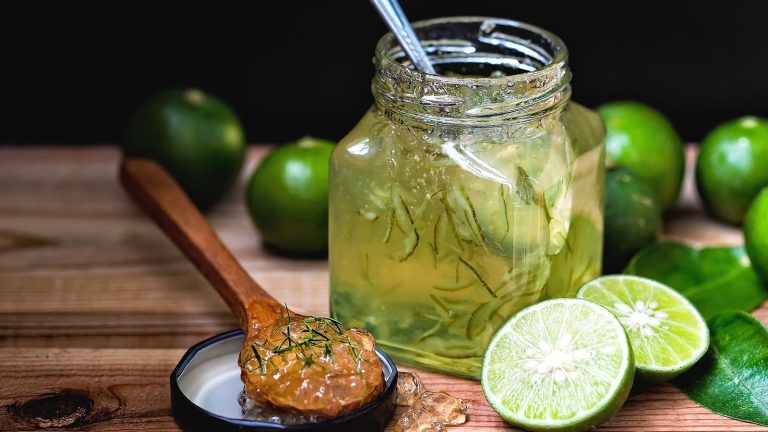When it comes to high-end wine, not all years are created equal. A bottle of Bordeaux from 2010 may have marked complexity, while the same label from 2013 may fall short. This variation is where vintage charts become invaluable tools for wine lovers looking to make smart decisions about what to drink now and what to save in the cellar for later.
A vintage chart is a simple yet powerful reference that rates the quality of wines from different regions by year. Created by wine experts and critics, these charts distill a wealth of data — weather patterns, harvest conditions, winemaker reports — into easily digestible scores. Usually rated on a 100-point scale or a 1-to-5-star system, vintage charts tell you at a glance whether a particular year was outstanding, average, or best avoided.
These charts can also indicate when a wine from a certain vintage is likely to be at its peak. For collectors and enthusiasts, that’s pure gold. To get the most out of a vintage chart, consult it to see how the vintage is rated when shopping for a specific wine or region. The chart will likely state if you should hold onto your wine and let it age a bit longer or if it’s ready to drink. Compare regions because not every region will have a great year at the same time due to varied weather patterns. Finally, prioritize buying top-rated vintages if you want a wine that is set to increase in value and drinkability.
Not all wines benefit from aging, but these do
Great wine is alive. As it rests in the bottle, it undergoes a slow transformation. Tannins soften, acidity integrates, and flavors evolve from bold fruit to nuanced layers of earth, spice, and leather. Some wines are built to age and actually demand time to reveal their potential. Many wines, such as those with delicate profiles, are better consumed shortly after being bottled. While other styles are best enjoyed once they’ve been aged for a number of years; these styles include Bordeaux, Barolo, Barbaresco, Northern Rhône Syrah, and high-end Napa Valley Cabernet Sauvignon.
Highly rated Bordeaux vintages like 2005, 2009, and 2016 are structured and tannic in youth but develop into harmonious, complex wines after 10 years. Made from Nebbiolo grapes, Barolo and Barbaresco are Italian reds that often need between 15 and 30 years to soften and express their haunting aromatics. Bold as young wine, Rhône Syrah can evolve beautifully over 10 to 25 years. Finally, top Napa Cabernet Sauvignon producers often craft wines that shine with five to 20 years of age.
Tips for storing wine as it ages
To get the best out of aged wine, proper storage is essential. To keep your bottles in prime condition, keep the temperature consistent and cool (around 55 degrees Fahrenheit) year-round. Bottles should be stored on their side so the corks remain moist, which helps prevent oxidation. Remember that humidity is also an important factor, with around 65% humidity being the ideal point to prevent the cork from drying out. A dark place without much light or vibration creates the perfect environment. Even if you don’t have a wine fridge at home, evaluate where you place your wine rack for the best results.
Vintage charts are like treasure maps for wine drinkers. They help you navigate the unpredictable world of weather and aging potential, ensuring that when you pop a cork, the wine is singing. So, next time you’re eyeing a bottle of high-end wine, consult the vintage. Your taste buds will thank you later.







